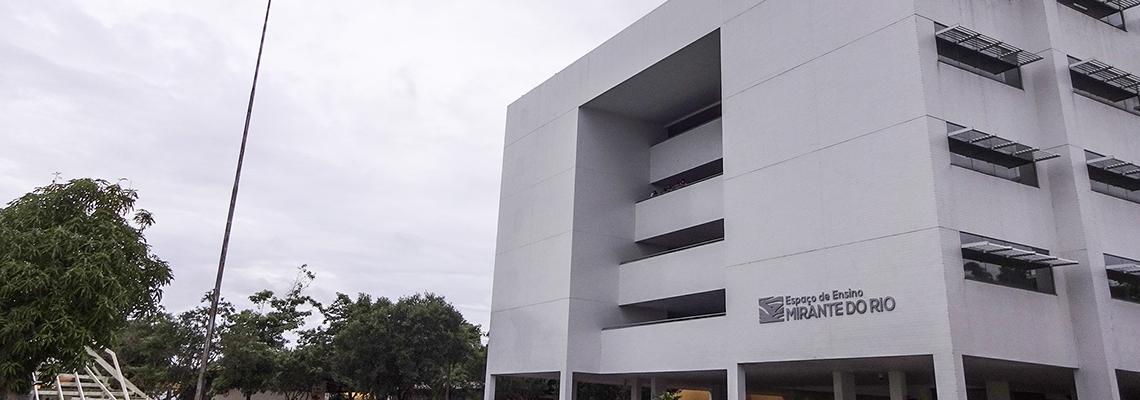CREDITS REQUIRED FOR THE PROGRAM
MASTER'S DEGREE: 24 CREDITS
DOCTORAL DEGREE: 30 CREDITS
|
Core Courses |
SIGAA Code |
Contact Hours |
Credits |
|
Molecular Biology |
PPGBM0126 |
45h |
3 |
|
Seminar Participation |
PPGBM0024 |
15h |
1 |
|
Publication I |
PPGBM0132 |
0h |
0 |
|
Elective Courses |
SIGAA Code |
Contact Hours |
Credits |
|
Advanced Topics I |
PPGBM0102 |
15h |
1 |
|
Advanced Topics II |
PPGBM0101 |
30h |
2 |
|
Advanced Topics III |
PPGBM0102 |
45h |
3 |
|
Scientific Conference Organization |
PPGBM0135 |
45h |
3 |
|
Biostatistics |
PPGBM0104 |
45h |
3 |
|
Genetics and Molecular Biology Seminars (English) |
PPGBM0134 |
45h |
3 |
|
Algorithms II: Data Structures and Algorithms |
PPGBM0136 |
60h |
4 |
|
Biostatistics with R |
PPGBM0119 |
45h |
3 |
|
Cytogenetics |
PPGBM0097 |
30h |
2 |
|
Cytogenomics |
PPGBM0121 |
30h |
2 |
|
Teaching Practicum |
PPGBM0110 |
30h |
2 |
|
Evolutionary Biology |
PPGBM0001 |
45h |
3 |
|
Pharmacogenomics |
PPGBM0114 |
45h |
3 |
|
Microbial Genetics |
PPGBM0076 |
45h |
3 |
|
Population Genetics |
PPGBM0105 |
45h |
3 |
|
Human Genomics |
PPGBM0125 |
30h |
2 |
|
Functional Genomics |
PPGBM0029 |
45h |
3 |
|
Linux Operating System |
PPGBM0127 |
30h |
2 |
|
Metagenomics |
PPGBM0077 |
45h |
3 |
|
Phylogenetic Analysis Methods |
PPGBM0011 |
45h |
3 |
|
Pathogenomics |
PPGBM0122 |
30h |
2 |
|
Scientific Writing |
PPGBM0133 |
45h |
3 |








